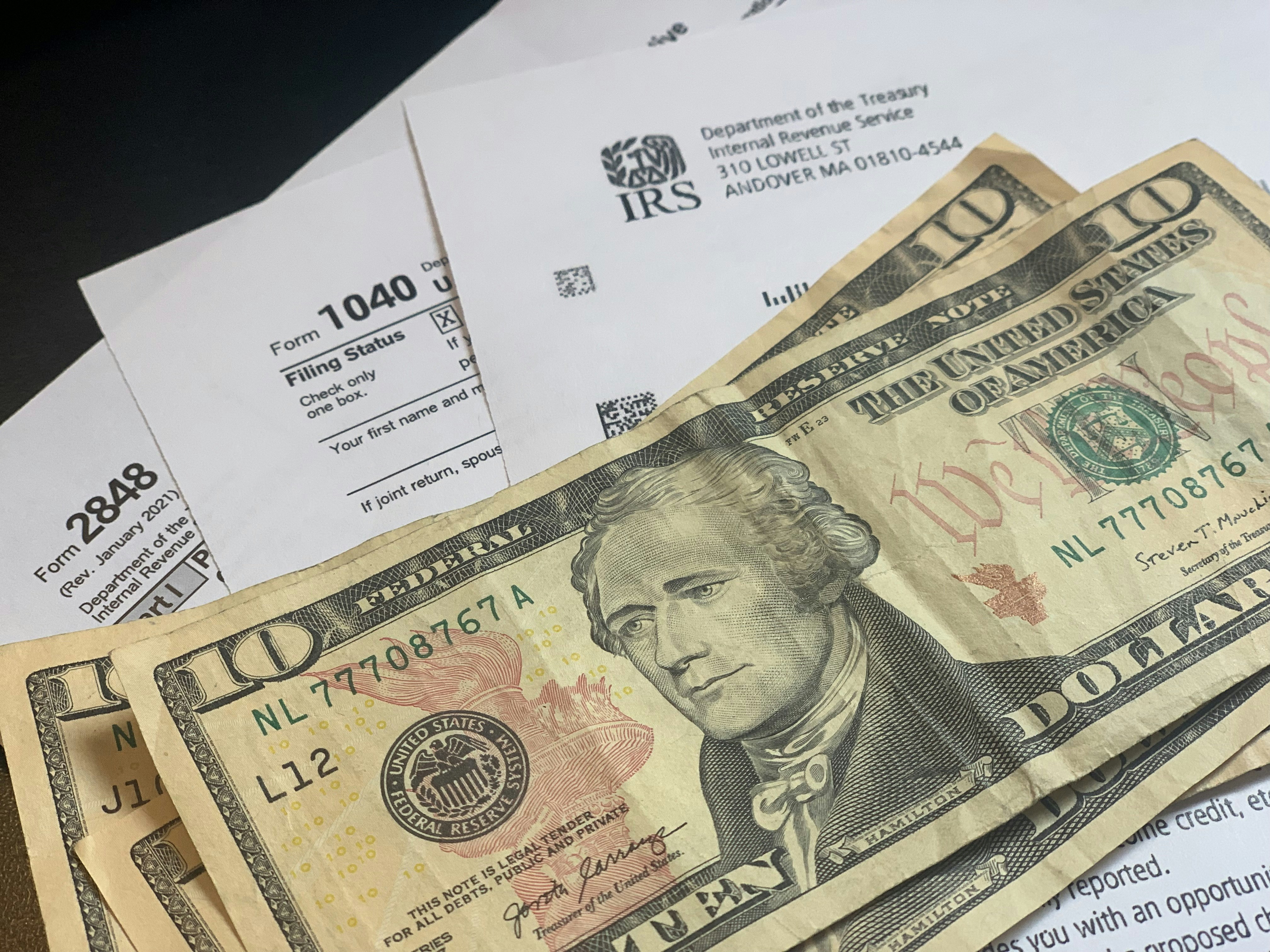GOP’s SAVE Act: Implications for Women’s Voting Rights

Understanding the GOP’s SAVE Act
The GOP’s SAVE Act, an acronym for Secure and Validated Elections Act, represents a significant legislative initiative aimed at reforming the voter registration process in the United States. Central to the Act’s purpose is the establishment of more stringent requirements for voter registration, particularly focusing on the identification of individuals through documentation. One of the primary mandates of the SAVE Act is the requirement for individuals to present a birth certificate that corresponds with their registered name when seeking to register to vote.
This legislative proposal arises from a broader Republican narrative that emphasizes the necessity of verifying voter identities to combat perceived fraud and preserve the integrity of the electoral process. By implementing stricter voter identification laws, proponents of the SAVE Act argue that electoral integrity is enhanced; however, critics argue that such measures disproportionately impact certain demographics, including women, minorities, and low-income individuals, who may find it more challenging to comply with the new requirements.
The SAVE Act should be understood within the context of a growing Republican movement that seeks to bolster voter identification laws across the country. This movement is in part a response to increasing public concern over possible instances of voter fraud, despite studies indicating that such occurrences are exceedingly rare. The implications of these new voter registration measures extend beyond mere documentation; they may also lead to a diminished turnout among groups that historically face barriers to accessing the necessary identification projects.
In addition to changing the dynamics of voter registration, the SAVE Act reflects a strategic effort by the GOP to reinforce its commitment to electoral integrity. This initiative may garner support from constituents who prioritize the concept of secure elections. However, it also raises critical discussions regarding inclusivity and the potential disenfranchisement of voters who may struggle to meet the new guidelines outlined in the legislation.
The Challenges Faced by Married Women
As of recent statistics, approximately 69 million married women in the United States have opted for legal name changes, frequently as a consequence of their marriage. This common practice, while often viewed as a societal norm, introduces significant complications, particularly concerning voting rights and the recent implementation of the GOP’s SAVE Act. The Act stipulates stringent identification requirements that necessitate individuals to present their current legal names, which may not align with the names on their birth certificates. Such discrepancies can potentially lead to disenfranchisement for these women during the crucial voter registration process.
For many married women, changing their last name is an acknowledgment of their new life phase, yet it inadvertently propels them into a convoluted bureaucratic maze when fulfilling legal requirements. A hypothetical scenario may involve Sarah, a newly married woman whose birth certificate reflects her maiden name. Upon attempting to register to vote, she discovers that her identification matches her married name, creating a mismatch that the SAVE Act indicates must be resolved for her to qualify. This situation not only causes frustration but adds emotional strain, as Sarah could feel invalidated or confused about her right to participate in the electoral process. Moreover, she may find herself stranded in an overwhelming system that does not accommodate her case, chasing after myriad documents to rectify her legal name.
The implications of such challenges extend beyond individual experiences to a broad spectrum of married women who face similar obstacles for exercising their voting rights. With numerous legal and administrative layers at play, these women may inadvertently be disenfranchised, highlighting systemic issues that need addressing. The interrelation of marriage and legal identity represents an important discussion point as policies like the SAVE Act unfold, underscoring the necessity for solutions that protect the rights of all voters, particularly those caught in the intersection of personal names and legal requirements.
Analyzing the Political Motivations
The GOP’s SAVE Act has garnered considerable attention, prompting analysts to delve into its underlying political motivations. Historically, the Republican Party has approached voting rights with a focus on election integrity, often advocating for measures purportedly designed to prevent voter fraud. However, the motivations behind such legislative initiatives warrant critical examination, especially concerning their impact on various demographic groups, notably women.
Critics of the GOP’s SAVE Act argue that while the party frames the legislation as a necessary step to secure election integrity, it simultaneously raises concerns regarding potential voter suppression. Scholars and political analysts have suggested that the act might disproportionately affect women and other marginalized communities, mirroring previous voter disenfranchisement efforts that have targeted specific demographics. For instance, over the past decade, several states have enacted laws that require stringent voter identification methods, which often complicate the voting process for women, particularly those from low-income backgrounds or those experiencing mobility challenges.
Expert opinions reveal a contentious debate within this context. Some political analysts assert that the act bolsters a broader GOP agenda aimed at consolidating power by reducing votes from certain groups. This is substantiated by the historical trends of voter suppression tactics used by the party, which often coincide with election cycles where high female voter turnout is anticipated. Women’s voting rights advocates contend that the SAVE Act may not merely be a legislative initiative but also a strategic maneuver to diminish women’s political influence in the electorate.
Overall, the motivations behind the GOP’s SAVE Act present a dual narrative. While the party promotes the act as a measure for safeguarding electoral processes, the potential ramifications for women and gender equity in politics necessitate a deeper understanding of the complex interplay between legislation and demographic representation.
The Future of Voting Rights for Women
The ongoing political landscape in the United States continues to evolve, particularly in relation to women’s voting rights in the wake of the GOP’s SAVE Act. This legislation has raised concerns among various advocacy groups committed to protecting inclusive voting policies for all citizens. The potential implications of the SAVE Act highlight the necessity of active resistance against measures that may undermine women’s access to the ballot. Grassroots organizations and national coalitions are mobilizing resources to educate voters and maintain pressure on lawmakers to prioritize equitable voting rights.
Currently, several advocacy groups are working diligently to counteract the SAVE Act’s effects through strategic campaigns aimed at raising public awareness. These groups are focusing on connecting with women and marginalized communities to empower them in asserting their voting rights. Efforts include organizing workshops, town hall meetings, and social media campaigns designed to inform citizens about their rights and the importance of participation in the electoral process.
Speculation regarding potential legal challenges against the SAVE Act is also prevalent. Legal experts and civil rights advocates are closely analyzing the law’s provisions, anticipating judicial scrutiny based on constitutional principles related to voter suppression. Public opinion plays a crucial role in shaping the current discourse around voting rights, impacting legislative decisions and influencing judicial interpretations. As citizens increasingly voice their concerns about access to the ballot, lawmakers may feel compelled to reconsider the implications of such legislation.
To protect their voting rights, women can adopt several strategies, including fostering community engagement and advocating for policy changes at local and state levels. Collective action is paramount; unified efforts among women will not only amplify their voices but also ensure that equitable access to the ballot box remains a priority for future generations. Ultimately, the landscape of voting rights for women hinges on active participation and advocacy in the face of emerging challenges.



